
On Romhack Thursdays, we bring you interesting finds from the world of game modifications.
Didja ever finish a satisfying round of Tetris, and then, basking in the glow of your high score, stop to wonder to yourself: why four?
Why did Alexey Pajitnov, revered creator of the game, decide to use tetrominoes, the possible combinations of four squares attached to each other, as the basis of his game, and not some other number? Two is obviously too simple, and three is also pretty easy. Four is the smallest number that makes for an interesting game, so that was probably why. But can Tetris work with larger pieces? Could it work with, say, pentominoes, five-square pieces?
Well, why not try it for yourself, with today’s romhack: Zohassadar’s Pentris.
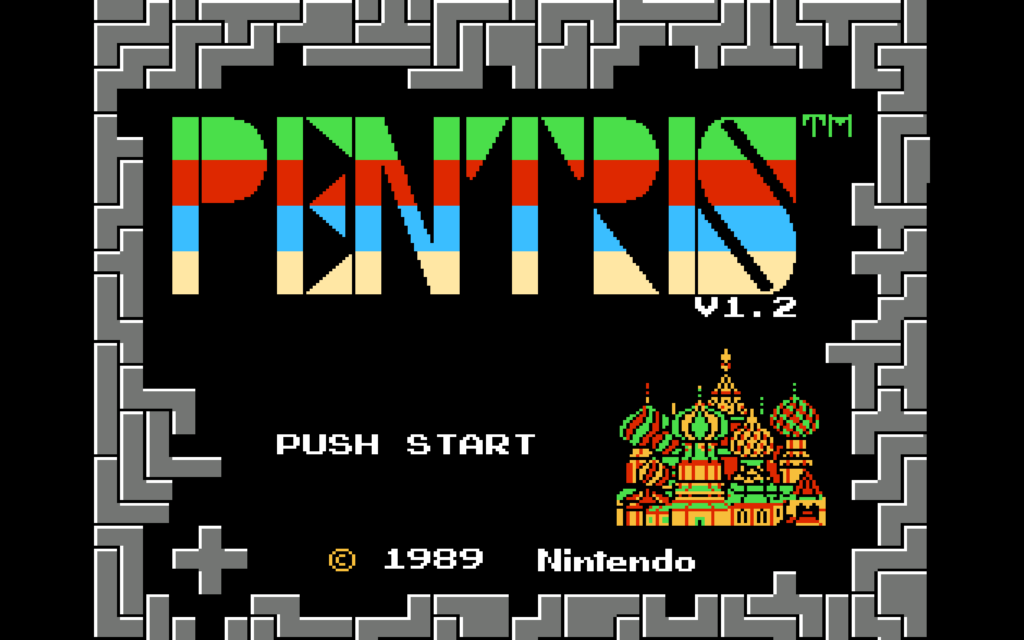
Pentris is built from Bullet-Proof Software’s NES version of Tetris (which is different from the Famicom version). It’s a BPS file, but there’s multiple utilities that can apply those, for Windows, Mac and Linux. For Win, Flips works well. Linux users may be able to find Flips in their distro’s repositories. For Mac, try Multipatch. The big advantage of BPS is that it contains CRCs of the original patch file to ensure that it’s working on its expected file, a continual problem with working with roms. As for where to get an original of NES Tetris from, you’re on your own.
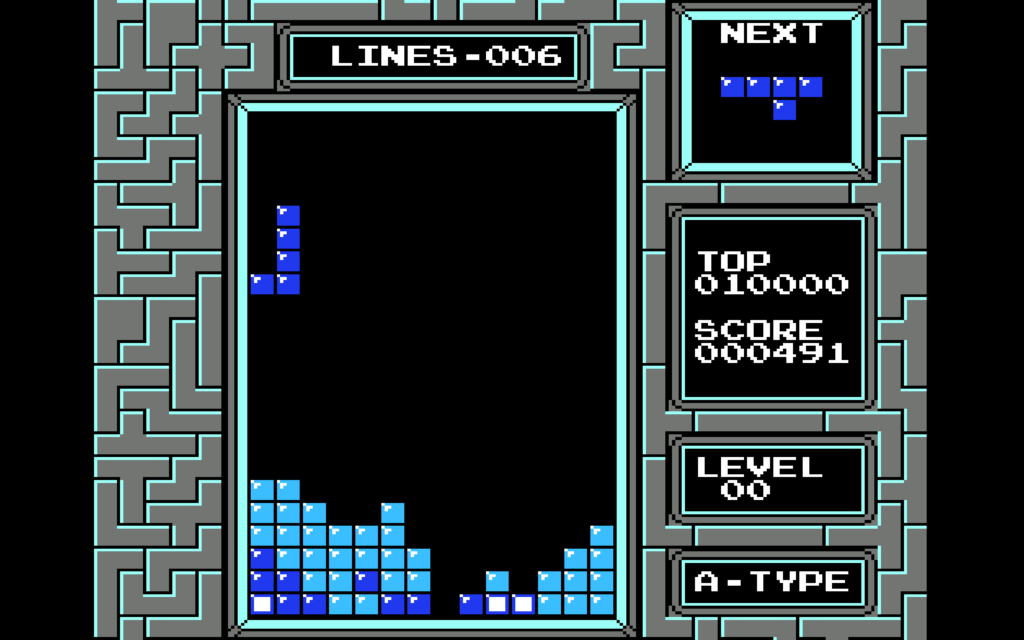
Notably, Pentris is quite a bit harder than Tetris. It’s not kaizo hard though, it seems like it may be possible to have a lengthy game, but it’ll probably take you longer to develop a good intuition for what moves are good ones than it did for Tetris.
There are more possible pentominos than there are tetrominoes, so the long-piece is less common, and pentrises require five lines of setup instead of four, making them much harder to make than tetrises. In my several test games, I never managed to make even one. But mere survival is more difficult too. Pentris’ bin is 14 blocks wide instead of 10, which is more room to make mistakes. And some of its pieces are much more unwieldly than the worst of Tetris. Tetris has Z and S, but Pentris has Texas:
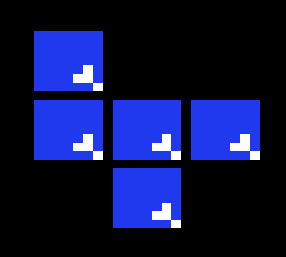
Pentris doesn’t appear to monkey with NES Tetris’ piece generation. The NES game picks pieces almost entirely randomly, rerolling just once if two of the same piece in a row is selected. More recent versions use “bag” systems that guarantee that you get all the possible pieces in a reasonable amount of time, but neither NES Tetris nor Pentris hold your hand like that. If you’re depending on a 1×5 piece but the RNG doesn’t feel like giving you one, you’re left to lump it.
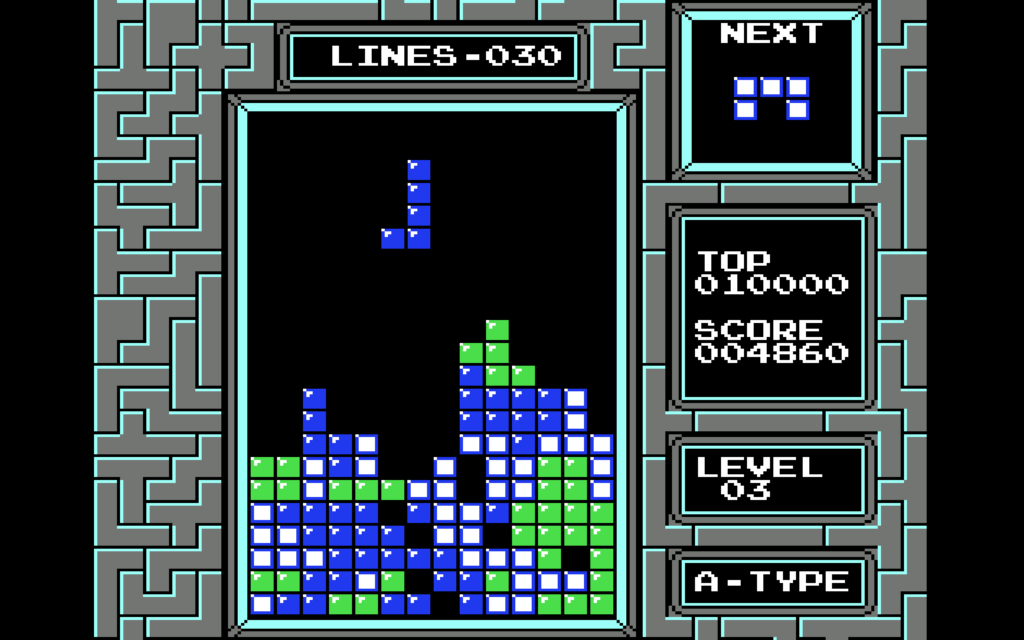
In addition to that Texas abomination, there are also “long L” and “long J” pieces, and identical versions but with the extra square moved one space up the bar part, a piece that’s like half of a picture frame, and, invading from Rampart, the dreaded U and Plus shapes. Where you choose to place them, as they relentlessly fall, is up to you.
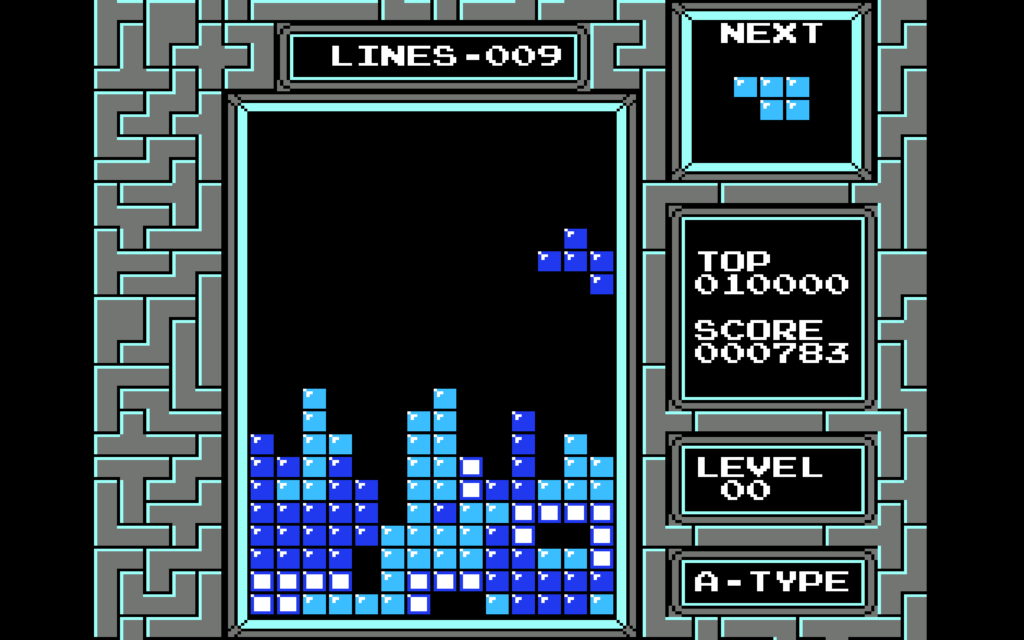
If you focus on survival you can advance a few levels. A good beginner’s score of Pentris is about 5,000 points. My highest so far is about 6,800. I don’t know how many points a pentris is worth, but if it scales like the multi-line clear points from Tetris did it’s probably very valuable.
I feel like I should mention there is at least one other game called Pentris around, a web game that doesn’t seem to be maintained too well. It has some of the same ideas behind it, but it also has other sized shapes too, including single blocks. I don’t know much about it, but I do know it is substantially a different game from the romhack Pentris.
Pentris (romhacking.net, somehow, still around!)
